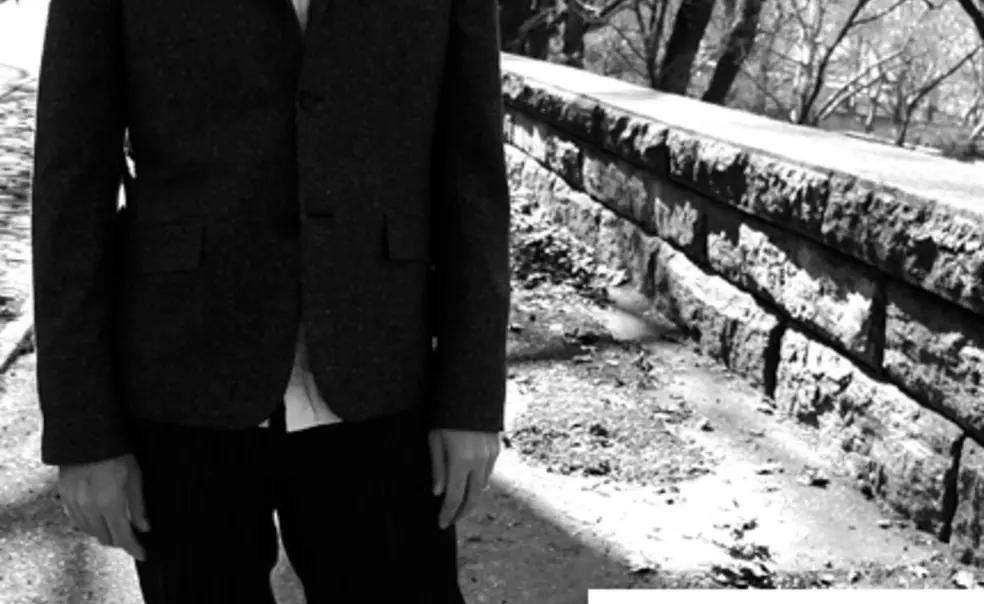Crime fiction
After Peter de Jonge ’77 wrote a not entirely flattering profile of Sarah Jessica Parker for Harper's Bazaar, he ran into the actress on the street and "she just started yelling at me for like 15 minutes," he says. That was the most dramatic backlash he experienced as a result of his freelance writing about the rich and famous, and it helped push him to reconsider the line of work.
A part-time copywriter for an advertising agency, de Jonge suspected it would get harder to gain access to the subjects due to PR handling and he grew tired of writing about celebrities.
So when James Patterson, the prolific thriller writer who also happened to be head of the advertising agency where de Jonge worked, asked him to co-author what became Miracle on the 17th Green, de Jonge jumped at the chance. That led to two more co-authored Patterson books, The Beach House and Beach Road, and this month to de Jonge's first solo work of fiction, Shadows Still Remain.
Published by HarperCollins, the novel is about a scrappy and headstrong homicide detective, Darlene O'Hara, who puts her job on the line to solve the murder of a beautiful but mysterious college student. The action follows O'Hara from gritty dive bars and strip clubs to the provost's office and library at NYU.
To conduct research for Shadows Still Remain, which The Washington Post called "first-rate crime fiction," de Jonge spent a couple months hanging out with NYPD detectives on Manhattan's Lower East Side. One homicide detective he met provided much of the inspiration for his main character, as did his own characteristics. "Inevitably you end up putting a lot of yourself in your protagonist," says de Jonge, who is already at work on his next novel, also starring Darlene O'Hara. By Katherine Federici Greenwood
(Photo courtesy Peter de Jonge ’77)
 Hitting the wall
Hitting the wall
Each week, dozens of students visit Princeton Stadium to scale the Outdoor Action rock-climbing wall. Weekly Blog writer Julia Osellame ’09 made her first ascent and filed this report.
"On belay?" I asked, repeating the standard climbing call to indicate I was ready to begin my climb.
"Belay secure," Hannah Grimm ’09 replied. Grimm guided the rope, breaking or giving slack depending on my climbing needs.
"Climbing," I said before staring my assent up the purple trail on Outdoor Action's indoor rock-climbing wall in the southeast corner of Princeton Stadium.
For a first-time climber, my assent was surprisingly smooth -- I made it to the top without a slip or fall. But the strain on my arms proved I was not yet ready for one of OA's rock-climbing trips off campus to places like Allamuchy State Park or Witherspoon Woods.
April 23 marked my first trip to the climbing wall, an alternative to "the Street" as one of the Princeton's Alcohol Initiative events. Instead of strolling onto Prospect Avenue, students can visit the rock-climbing wall in the football stadium, where it was rebuilt in October 2007 after the demolition of the Armory, the original home of the OA rock-climbing wall built in 1983. OA supplies visiting climbers with a harness and climbing shoes. And with twelve belay stations, there are plenty of opportunities to learn to climb a variety of difficulties.
Each climb is marked using the Yosemite Decimal System (numeric rankings that describe the difficulty of a climb), and color-coded tape under each climbing hold -- fake rocks, as large as your foot or as small as your finger, jutting out of the wall.
With free pizza, music, and rock climbing for undergraduate and graduate students, the rock climbing wall attracts up to 50 climbers a week, Grimm said.
Grimm, a climber since her freshman year, taught me the ropes, guiding me up the 32-foot high, 66-foot wide faux rock wall. After one visit, it was easy to see how climbing culture can grab hold of you. By Julia Osellame ’09
Photo: Climber Maddy Case ’12 scales the OA rock-climbing wall. (Photo by Julia Osellame ’09)
Names in the news
Aaron Cypess ’92, a researcher and physician at Harvard Medical School, earned widespread attention for his research on human brown fat, published in the New England Journal of Medicine in April. [CNN, TIME, Scientific American]
F. Scott Fitzgerald ’17 will be enshrined in the New Jersey Hall of Fame May 3, joining fellow alumni Bill Bradley ’65 and Malcolm Forbes ’41, who were inducted last year as part of the inaugural class. [N.J. Hall of Fame]
History professor D. Graham Burnett ’93 discussed the landmark 1959 book Two Cultures with journalist Chris Mooney. [Bloggingheads.tv]
Alumni Eric Lander ’78 and Eric Schmidt ’76 were named to President Barack Obama's Council of Advisors on Science and Technology, along with Princeton professor Christopher Chyba. [Chronicle of Higher Education]













No responses yet